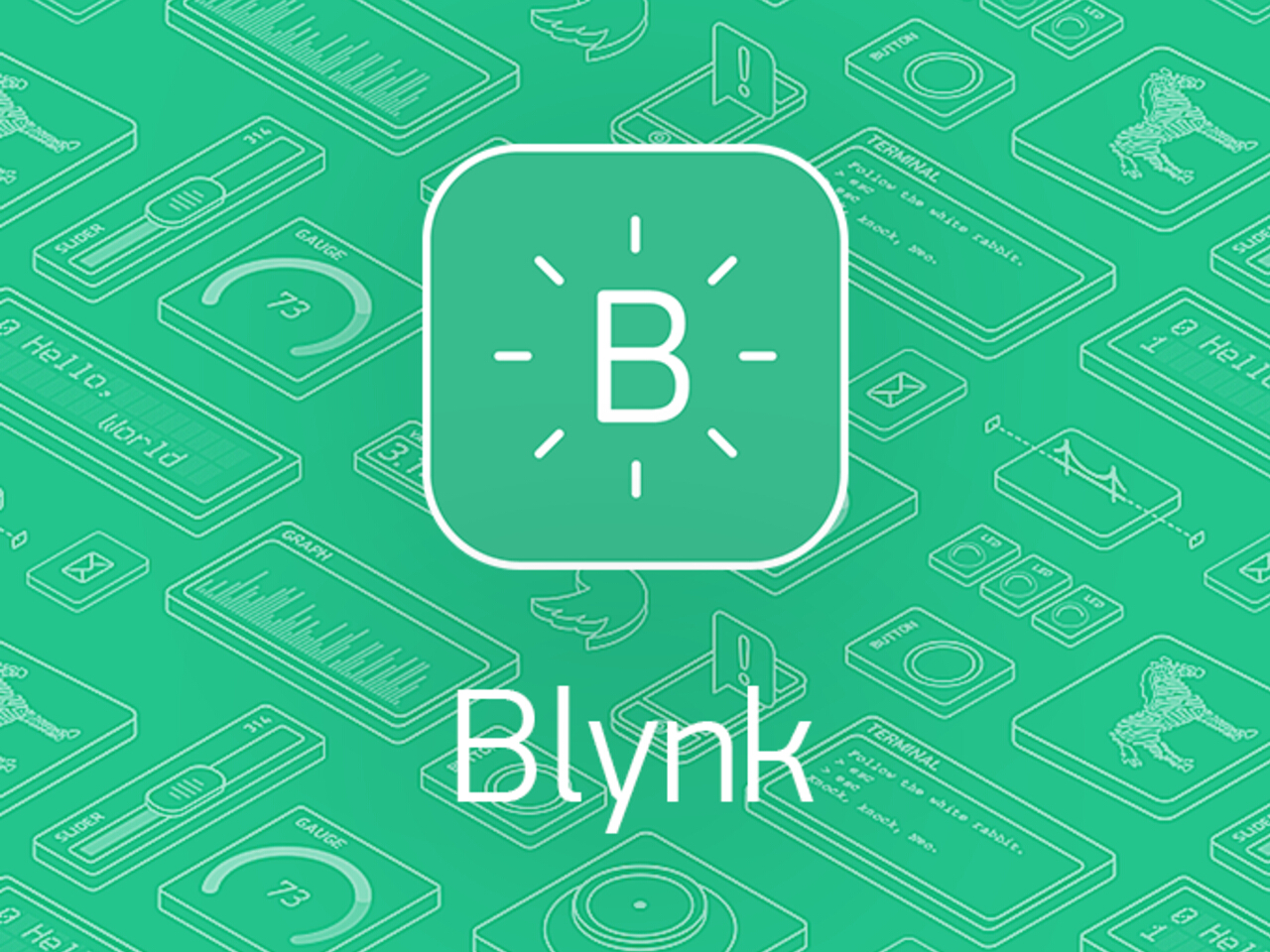
group assignment: compare as many tool options as possible

Processing: Processing utilizes a variant of Java called “Processing Java.” It provides a simplified syntax and programming environment, making it accessible for beginners and artists. The language offers a wide range of libraries and tools for creating visual and interactive applications. Additionally, Processing supports JavaScript as a mode, allowing developers to write and run JavaScript code within the Processing environment. This integration enables users to leverage the power of JavaScript for web-based applications or interactive experiences.

Blynk: Blynk primarily focuses on IoT applications and provides a mobile app builder. While the core functionality of Blynk does not require JavaScript, it offers JavaScript support for advanced users who want more customization and control. With JavaScript, users can access Blynk’s API, create custom logic, and handle events. JavaScript integration allows for flexible and dynamic interactions with connected devices and the Blynk platform.

JavaScript plays a significant role in both Processing and Blynk by extending their capabilities and enabling more advanced programming features. Processing’s integration with JavaScript empowers developers to create web-based projects with interactive elements and dynamic behaviors. In the case of Blynk, JavaScript integration allows for enhanced control and customization of IoT projects, enabling users to create complex logic and interactions within their mobile apps.
In summary, while Processing has JavaScript mode to extend its capabilities for web-based applications, Blynk supports JavaScript to provide customization and advanced control for IoT projects. JavaScript brings additional flexibility and power to both platforms, enabling developers to create more interactive and dynamic experiences.